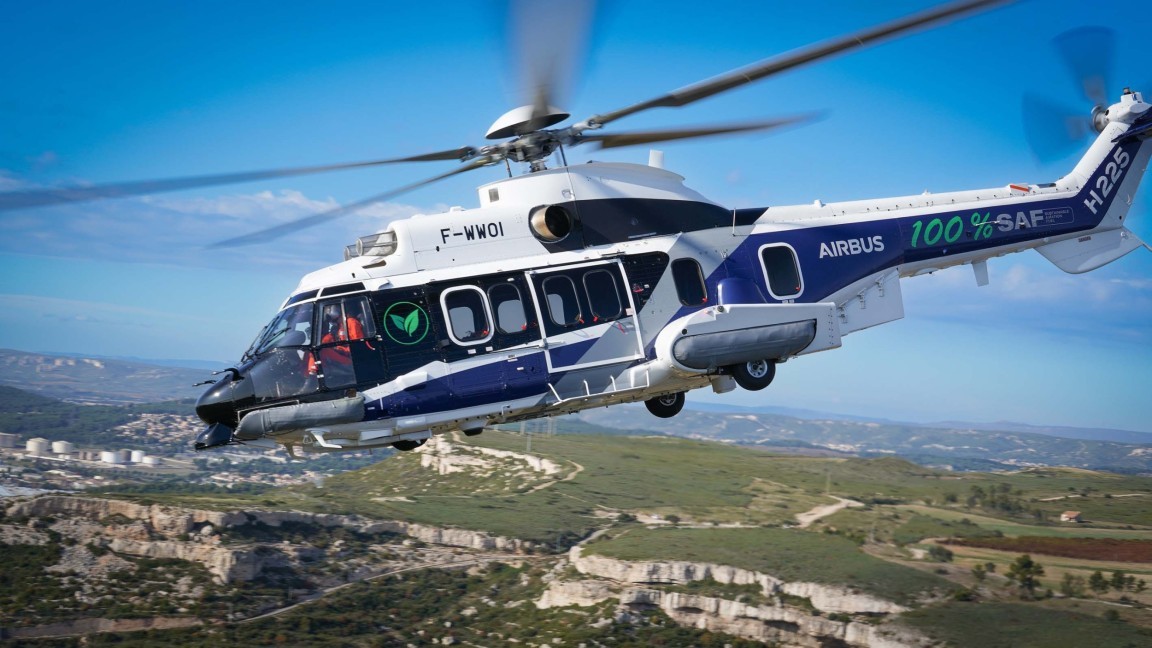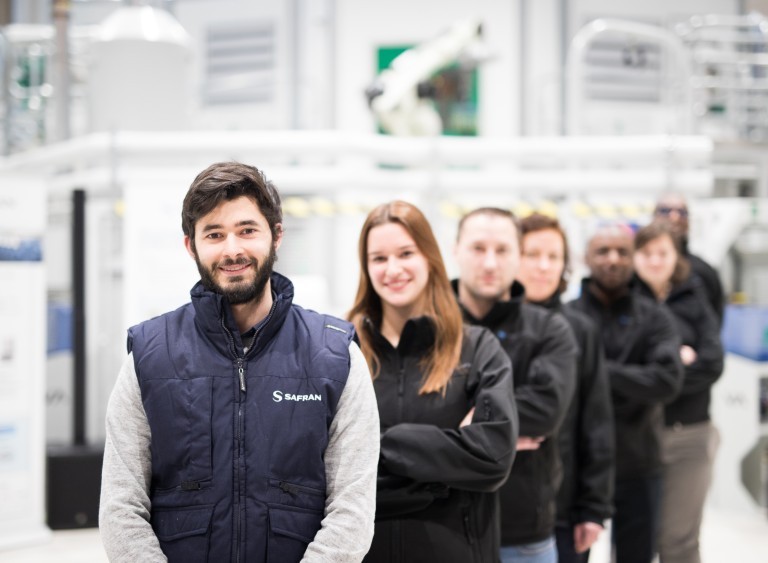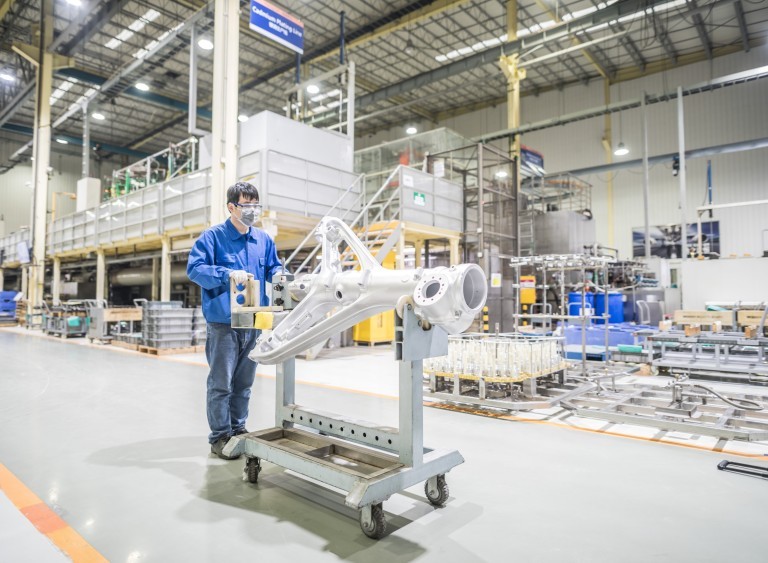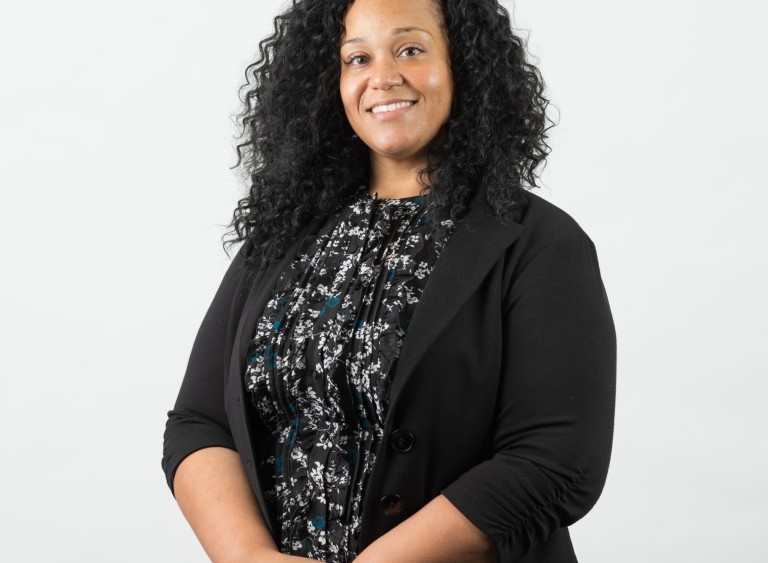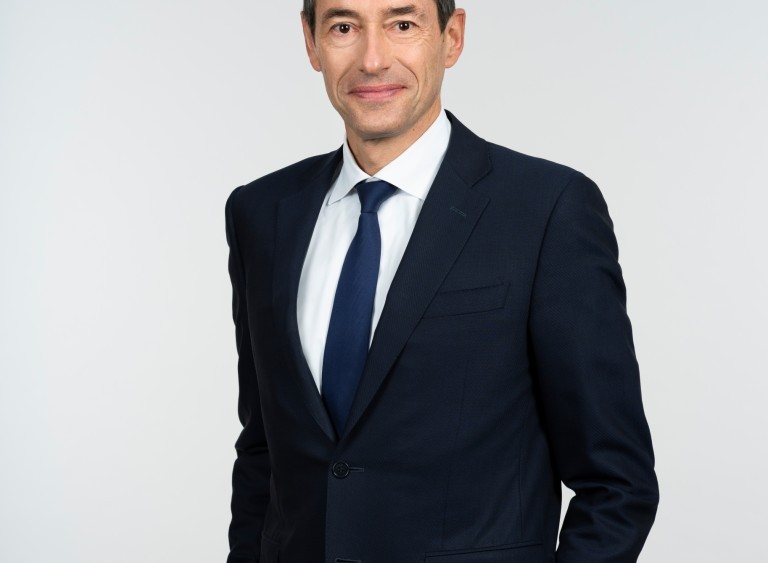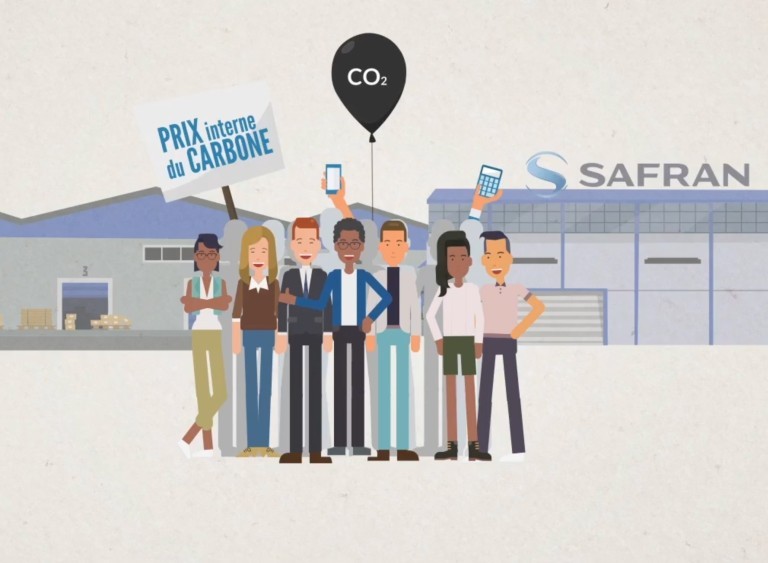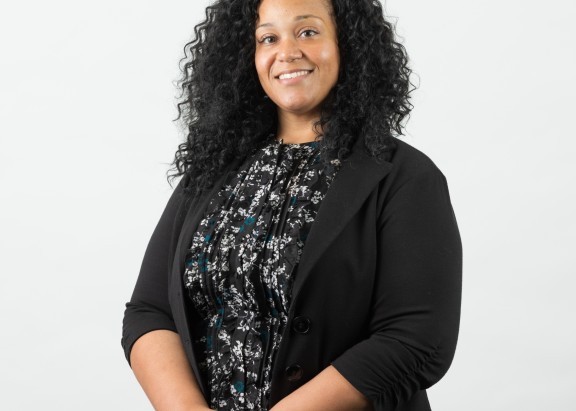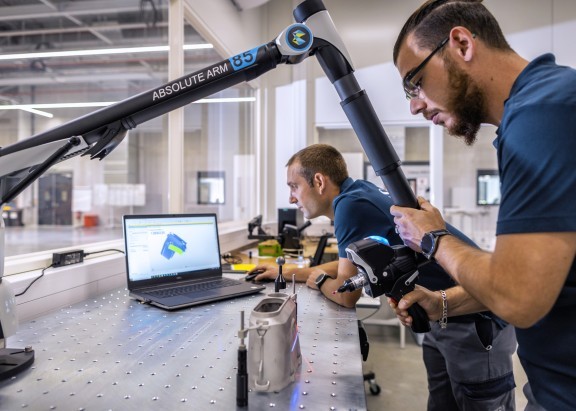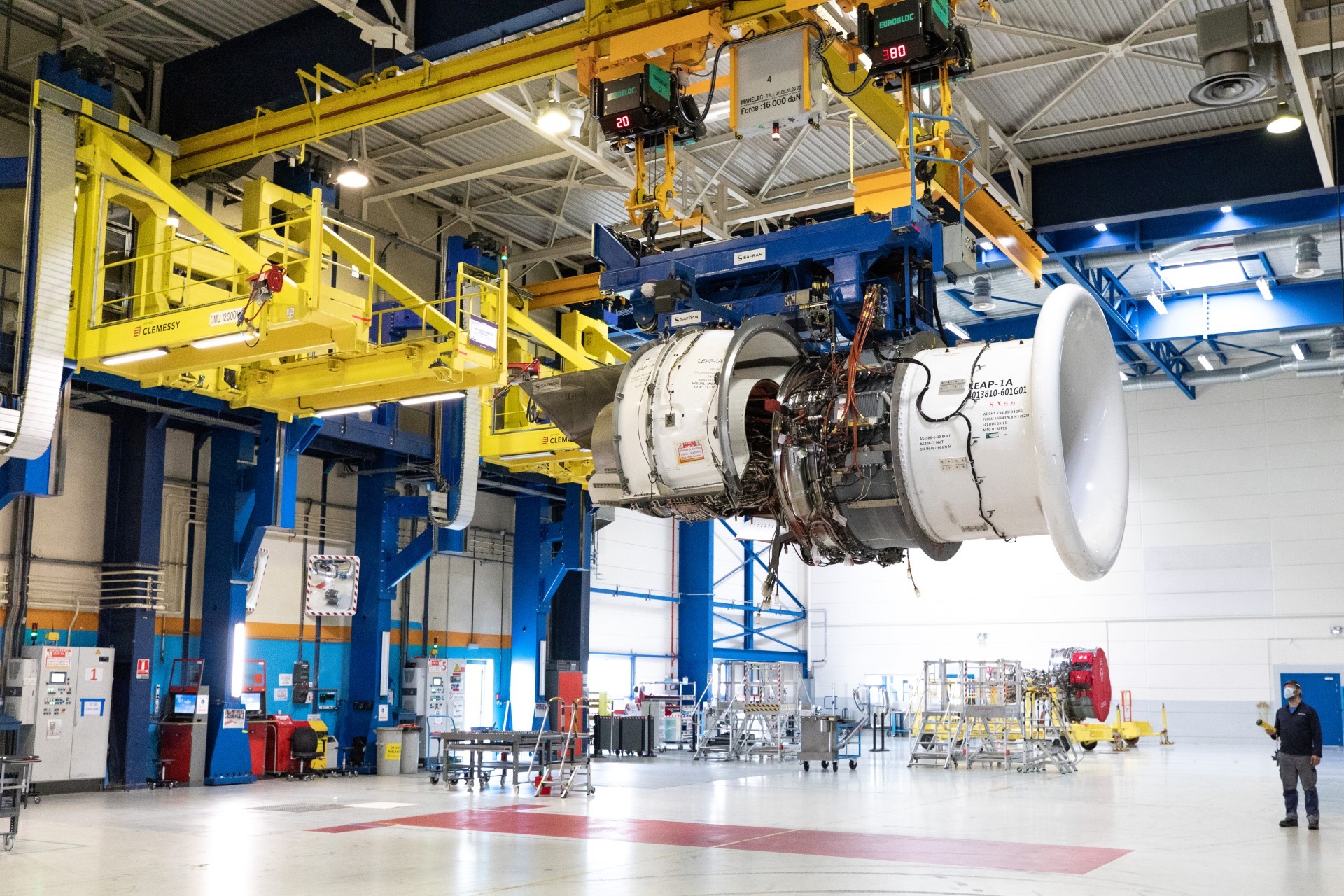
Sustainable fuels: Safran engines under test
The shift to sustainable aviation fuels (SAF) is an important part of Safran’s Low Carbon Plan — because engine ground tests generate a significant proportion of our overall emissions. It’s also a major component of the broader industry strategy to decarbonize air transport. We look at progress on the studies and trials being conducted to adapt our engines to these clean new fuels.
- Connection
- Interview
- Photo Report
- Perspective
- At a glance
SUSTAINABLE ENGINE TESTING
The agreement signed by Safran and TotalEnergies on September 27 serves a dual purpose. First, it paves the way for Safran Aircraft Engines to use SAF supplied by TotalEnergies on our test stands in Villaroche, with a first delivery in October. A 10% blend of SAF is now being used for engine acceptance testing after successful trials on a LEAP-1A in May 2021. Introducing SAF in Villaroche already saved 540 metric tons of CO2 in Q4 2021. SAF content will gradually rise to 35% by 2025. .
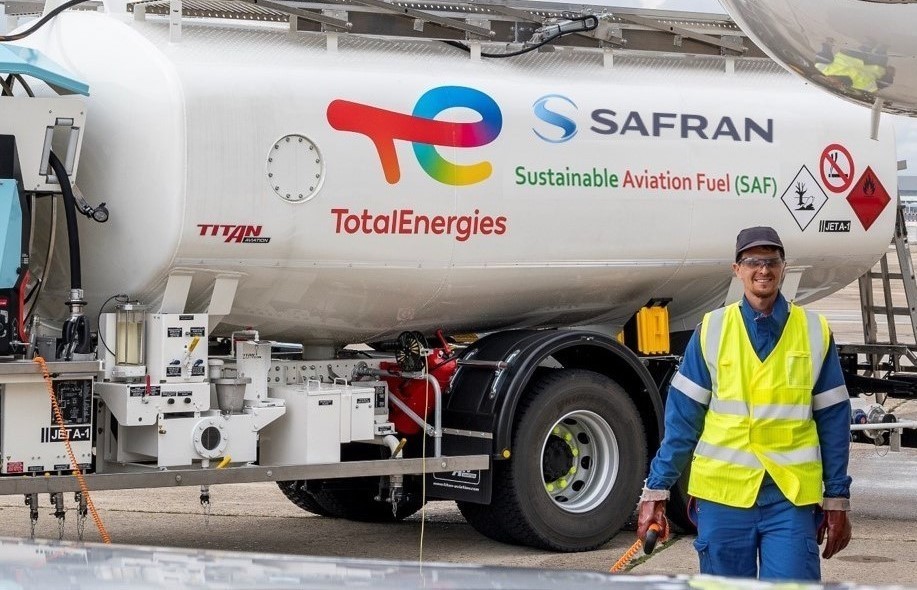
The second goal is to evaluate the compatibility of current engines with fuel blends incorporating up to 100% SAF and, further ahead, maximize the energy and environmental efficiency of engine/fuel combinations. Safran CEO Olivier Andriès is enthusiastic: “This partnership with TotalEnergies reflects the drive to reduce our environmental footprint, make flying carbon neutral and safeguard this vital mode of transport for our economies and our social and cultural life.”
“This partnership with TotalEnergies reflects the drive to reduce our environmental footprint and make flying carbon neutral.”
VOLCAN SOARS SKYWARD
On Friday, October 29, a LEAP-1A-powered Airbus A319neo flew for the first time using only sustainable fuel. This study is part of the VOLCAN project — for Vol avec Carburants Alternatifs Nouveaux (“Flight with new alternative fuels”). The project was launched by Airbus, Dassault Aviation, French aerospace research agency ONERA, the Ministry of Transport and Safran (Aerosystems, Aircraft Engines, Helicopter Engines, Filtration Systems and Safran Tech). The initial findings of ground and flight tests are expected in 2022.
VOLCAN builds on previous projects such as JETSCREEN (JET Fuel SCREENing and Optimization) and is collecting data on a wider range of SAFs. Initiated by the European Commission, JETSCREEN set an initial benchmark for the behavior of SAF compared to conventional jet fuel, to help us understand its effects on fuel systems and other equipment. The findings of JETSCREEN and VOLCAN will tell us what developments we need to make to enable our products to operate with 100% SAF.
Safran is also involved, via CFM, in flight tests of a LEAP-1B-powered Boeing 737 MAX, in particular the first commercial flight by United Airlines on December 1, with both engines using 100% sustainable fuels.
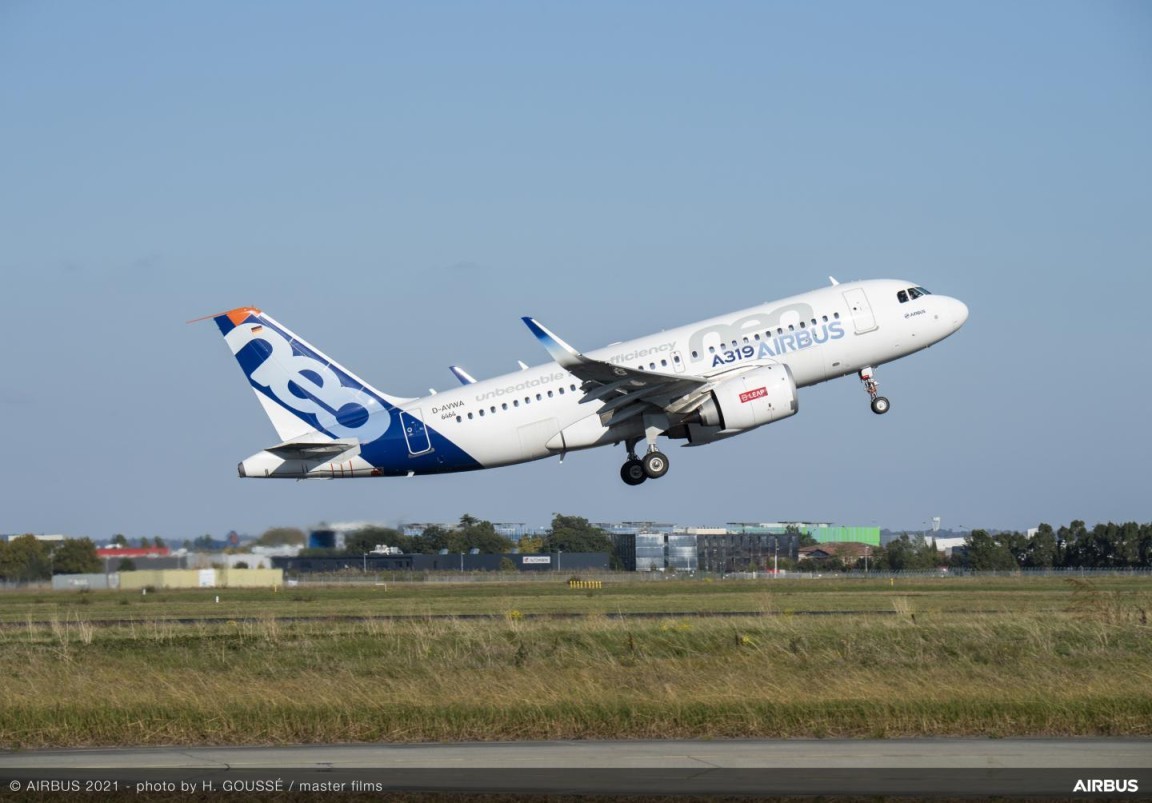
SYSTEMS, A KEY ROLE
As well as engines, SAFs must also be compatible with fuel distribution and gauging systems. Safran Aerosystems is developing fluid management systems and equipment to operate with the various types of sustainable fuels now and in the future.
Like the tests at Safran Aircraft Engines and Helicopter Engines, these ongoing test programs serve a dual objective: demonstrate the compatibility and limitations of SAF use with fuel systems and identify any modifications needed. “Our goal is to understand the chemical and physical effects on the operation and service life of our products,” says Thierry Rouge-Carrassat, Vice President, Technology and Innovation at Safran Aerosystems. We’ve devised special test stands at Plaisir and Roche-la-Molière to analyze sensors and other equipment and identify the limits of gauging with biofuels. Another test stand has been converted to analyze the various parts of fuel distribution systems. In a recent trial, we ran fuel pumps for 1,200 hours — equivalent to several months of flying — and we subjected the fuels and systems to varying temperatures and simulated altitudes. Testing will continue on three types of SAF in the first half of 2022.
“The goal of these tests is to understand and quantify the chemical and physical effects on the operation and service life of our products”.
AND HELICOPTERS?
Safran Helicopter Engines plans to reduce the CO2 emissions of its products by up to 80%, by targeting 100% unblended SAF compatibility as early as 2023. Jean-Baptiste Jarin, head of R&T, explains the issues around the introduction of SAFs for helicopter engines and discusses progress on biofuel testing in the Group’s first podcast, called Radar.
Listen to the podcast
Testing at Safran Helicopter Engines in 2021
- June
An Arriel 2E-powered Airbus H145 operated by ADAC Luftrettung flies for the first time using 40% sustainable aviation fuel.
- July
First test on an Arrano with 38% sustainable fuel on the stand at Bordes.
- September
Also in Bordes, test program successfully completed with a helicopter engine running on 100% SAF.
- November
First flight of an Airbus helicopter powered by a Makila 2 with 100% SAF.
